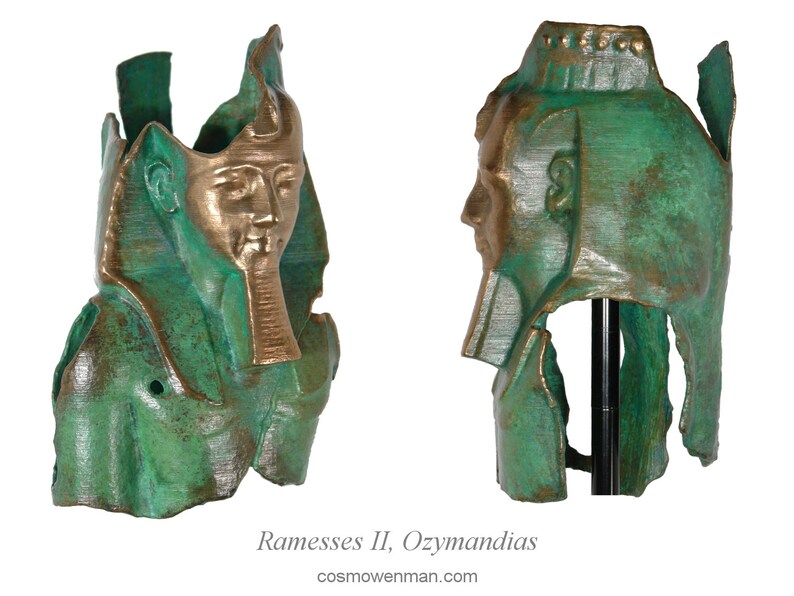

The traveler described the face as having a frown, wrinkled lip, and a ‘sneer cold command.’ According to him, the expression on the statue’s face indicates that the sculptor who carved it knew the emotions of the subject well. His face was partially sunken in the sand. The legs of the statue were disconnected from the body, but its massive broken face lay nearby. The traveler said that he saw two vast legs of a stone statue in the desert. The poem begins when the speaker recalls having met a traveler from an ancient place who told the speaker about a statue he saw in the desert. It stands as a remarkable example to all in power that they will also be forgotten over time. Napoleon, too, was as ambitious as Ozymandias but was overthrown over time. Some critics also say that the poem is indicative of the rise and fall of Napoleon in France. If anyone would know how great I am and where I lie, let him surpass one of my works.’ The statue of Ramses present in the museum did not have ‘trunkless legs of stone,’ or an inscription at the bottom as described in the poem.

It was Siculus who wrote that the statue of Ozymandias had an inscription that said, ‘King of Kings is I, Ozymandias. Both poems describe how the ravages of time result in the decay of fame and power.Ĭritics also say that Shelley got the details for his poem from the descriptions of the statue by the Greek historian Diodorus Siculus in his work Bibliotheca Historica. This news triggered the poetic imagination within Shelley and his friend Horace Smith. It was in 1816 that the British Museum acquired the large head of the statue and decided to preserve it. Ramses, also named Ozymandias, was a mighty ruler who ruled Egypt during the 13th century. Most critics attribute King Ramses II’s statue as an inspiration behind the creation of the poem. The lone and level sands stretch far away.” HISTORICAL SIGNIFICANCE On the one hand, the poem critiques the transience of power and fame, and on the other hand, it describes how art surpasses time and fleeting glory. The poem has a structure and style that is atypical of Shelley, and it subtly brings in the history of the rise and fall of empires. It describes the remnants of a statue, which is believed to be that of King Ramses II of Egypt, who was known by his Greek name Ozymandias. The poem ‘Ozymandias’ exemplifies Shelley’s regard for art. His poems stand out as philosophical reflections of passion, imagination, nature, and political liberty. He also considered art as an entity that surpasses time. Shelley believed that poetry by providing moral optimism could make people and society better. He explicitly used his writings to represent his political and poetic stands.
#OZYMANDIAS STATUE FREE#
Shelley was a poet of radical thought and free will. Although Shelley wrote the poem in 1817 as a friendly competition to his contemporary Horace Smith, it got published in The Examiner in 1818. ‘Ozymandias’ is one of the most anthologized poems written by the famous romantic poet Percy Bysshe Shelley.


 0 kommentar(er)
0 kommentar(er)
